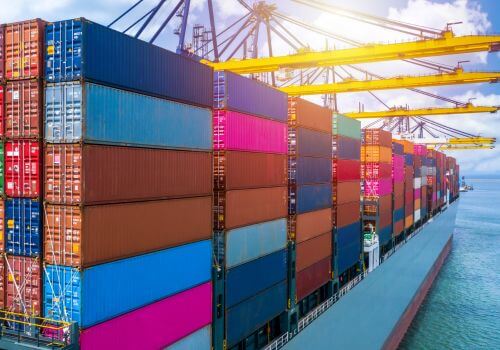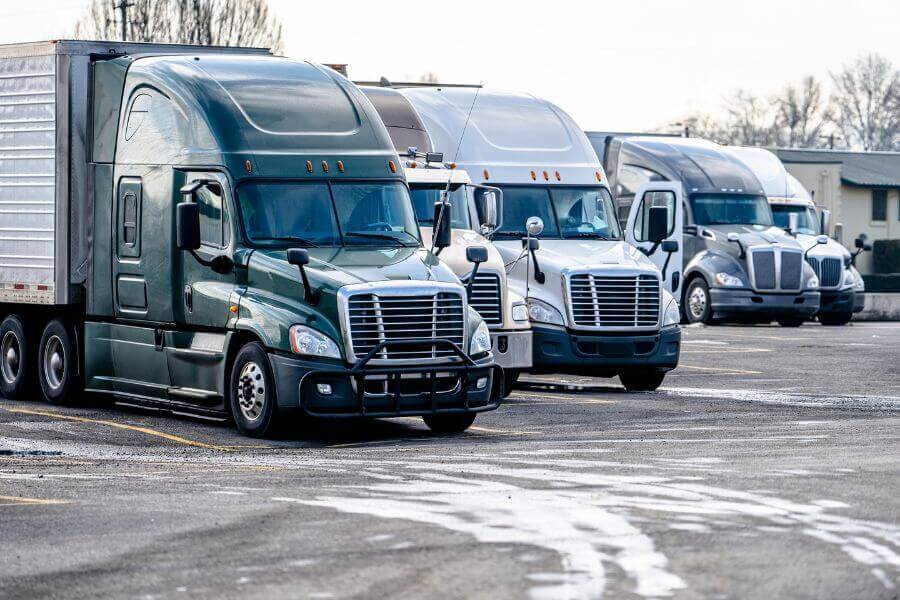Shippers today are demanding their brokers deliver consistent value based on lower costs, capacity, services, and technology that streamlines the entire process. Now, brokers and 3PLs are re-emphasizing the need to adopt more technology. Echo Logistics CEO Doug Waggoner believes this market cycle has been somewhat unique in its fluctuation:
“The simplistic view is when capacity is tight, shippers rely on brokers to find a truck because we have a big Rolodex [of providers],” he explained. “In a loose market, the prevailing wisdom is shippers don’t need brokers; they can go direct to carriers and get a good price.” Waggoner added that the industry has evolved significantly over the years due to technological innovation, and shippers demanding more brokers provide automation by enabling technology services.

“If I were a shipper today, I’d want to deal with a broker that has a certain level of sophistication in terms of technology, analytics, and integration capability,” he continued. He added that brokers should “have real-time visibility into market pricing and find a carrier at a good price for every load.”
Shippers need much more from their broker or 3PL than access to a truck, said Mac Pinkerton, president of North American surface transportation for C.H. Robinson. “A great 3PL has the expertise to optimize supply chains, making them more cost-effective for a shipper, no matter what part of the freight cycle we are in,” he said.
We Are Hiring
$7,000 Sign On Bonus!!!
In its most recent customer surveys, Pinkerton noted that the company found that 87% of shipper respondents said finding ways to take costs out of their supply chains was critical to their success this year [2023]. This is the reasoning why demand for network analysis and supply chain optimization has been at an all-time high.
Pinkerton found that shippers have been increasingly rationalizing and optimizing where they have manufacturing and production – a response to the “get it from anywhere” mentality during peak pandemic times. As the locations of distribution centers and production sites shift, so must the design and allocation of capacity in supporting transportation networks.













